Static Free Laundry: Are you tired of clothes clinging to you like magnets after every wash? I know I am! That annoying static cling can ruin a perfectly good outfit and make you feel uncomfortable all day long. But don’t despair, because this DIY guide is here to rescue your wardrobe and your sanity!
For centuries, people have sought ways to soften fabrics and reduce static. From using natural herbs and oils in ancient washing rituals to the development of modern fabric softeners, the quest for comfortable, cling-free clothing is a long and fascinating one. While commercial products offer a solution, they often come with harsh chemicals and hefty price tags. That’s where the magic of DIY comes in!
This article is packed with simple, effective, and budget-friendly static free laundry tricks that you can easily implement at home. We’ll explore natural alternatives to dryer sheets, share clever hacks to prevent static buildup, and even show you how to make your own static-reducing spray. Say goodbye to embarrassing static cling and hello to fresh, comfortable, and confidently worn clothes. Let’s dive in and discover the secrets to achieving static free laundry, naturally!
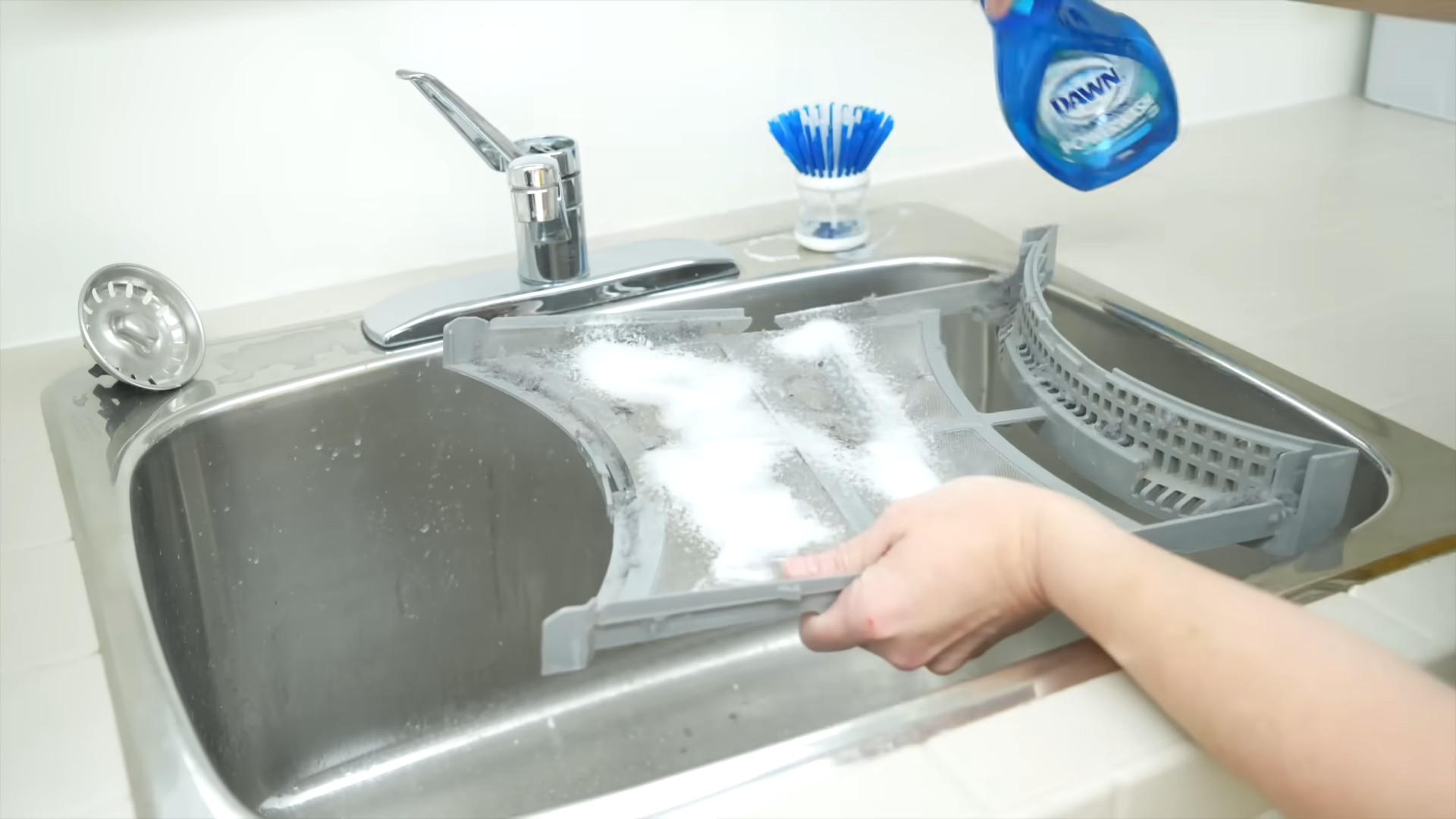
DIY Static-Free Laundry: Say Goodbye to Cling!
Tired of your clothes clinging to you like they’re trying to make a new best friend? Static cling is a common laundry woe, especially in dry climates and during winter months. But fear not! You don’t need to rely on expensive dryer sheets loaded with chemicals. I’m going to share some simple, effective, and budget-friendly DIY hacks to banish static from your laundry for good. Let’s get started!
Understanding Static Cling
Before we dive into the solutions, let’s quickly understand why static cling happens. It’s all about electrons! When different fabrics rub together in the dryer, electrons can transfer from one fabric to another. This creates an imbalance of electrical charges – one fabric becomes positively charged, and the other becomes negatively charged. Opposites attract, hence the cling! Synthetic fabrics like polyester and nylon are particularly prone to static cling because they don’t conduct electricity well.
Hack #1: The Aluminum Foil Ball
This is probably the most popular and easiest DIY static-fighter out there. It’s cheap, reusable, and surprisingly effective.
What You’ll Need:
* Aluminum foil
Instructions:
1. Tear off a sheet of aluminum foil: You’ll want a piece that’s about 12 inches by 12 inches.
2. Crumple it into a ball: Tightly crumple the foil into a ball about the size of a tennis ball. Make sure there aren’t any sharp edges sticking out.
3. Toss it in the dryer: Simply toss the aluminum foil ball into your dryer along with your wet clothes.
4. Reuse it: You can reuse the same aluminum foil ball for several loads of laundry. When it starts to get too small or loses its shape, simply make a new one. I usually get about a month’s worth of use out of one ball.
How it Works:
The aluminum foil ball acts as a conductor, helping to discharge the static electricity that builds up in the dryer. It essentially neutralizes the electrical charges, preventing them from clinging to your clothes.
Tips and Tricks:
* Make multiple balls: For larger loads of laundry, consider using two or three aluminum foil balls for even better static control.
* Smooth out the edges: Before using the ball, make sure there are no sharp edges that could snag or damage your clothes.
* Replace regularly: The effectiveness of the aluminum foil ball will diminish over time as it gets worn down. Replace it every few weeks or when you notice static cling returning.
Hack #2: Wool Dryer Balls
Wool dryer balls are a natural and eco-friendly alternative to dryer sheets. They not only reduce static cling but also help to soften clothes and shorten drying time.
What You’ll Need:
* 100% Wool yarn (undyed is best)
* Old pantyhose or socks (optional, for making your own)
* Scissors
Instructions:
Option 1: Buying Wool Dryer Balls
1. Purchase pre-made wool dryer balls: This is the easiest option. You can find them online or at many natural food stores. Look for 100% wool balls that are undyed and unscented.
Option 2: Making Your Own Wool Dryer Balls
1. Wind the yarn: Start winding the wool yarn tightly into a ball. Keep winding until the ball is about the size of a tennis ball or slightly larger.
2. Secure the end: Tuck the end of the yarn under a few layers to secure it.
3. Felt the ball (Method 1: Washing Machine): Place the wool ball in an old pantyhose or sock (this prevents it from unraveling). Wash it in hot water with a small amount of detergent. Tumble dry on high heat. Repeat this process several times until the ball is tightly felted and no longer unravels.
4. Felt the ball (Method 2: Hand Felting): If you prefer hand felting, soak the wool ball in hot, soapy water. Gently agitate and squeeze the ball for several minutes. Rinse with cold water. Repeat this process several times until the ball is tightly felted.
5. Dry the ball: Let the felted wool ball air dry completely.
6. Repeat: Make at least three wool dryer balls for optimal results.
How it Works:
Wool dryer balls work by absorbing moisture from the clothes and releasing it back into the dryer, which helps to maintain humidity and reduce static cling. They also create space between the clothes, allowing for better air circulation and faster drying.
Tips and Tricks:
* Add essential oils: If you want to add a light scent to your laundry, you can add a few drops of your favorite essential oil to the wool dryer balls. Lavender, lemon, and tea tree oil are all great options. Just be sure to let the oil dry completely before tossing the balls into the dryer.
* Recharge the balls: Over time, wool dryer balls can become less effective. To recharge them, simply wash them in hot water and dry them on high heat.
* Use enough balls: For small to medium loads, use three wool dryer balls. For larger loads, use five or six.
Hack #3: Vinegar Rinse
Vinegar is a natural fabric softener and static reducer. It’s also great for removing odors and brightening clothes.
What You’ll Need:
* White vinegar
Instructions:
1. Add vinegar to the rinse cycle: Pour 1/4 to 1/2 cup of white vinegar into the fabric softener dispenser of your washing machine during the rinse cycle.
2. Wash as usual: Wash your clothes as you normally would.
How it Works:
Vinegar helps to neutralize the alkaline residue left behind by detergents, which can contribute to static cling. It also softens the fabric, making it less likely to generate static electricity.
Tips and Tricks:
* Don’t worry about the smell: The vinegar smell will dissipate during the drying process.
* Use white vinegar: Avoid using other types of vinegar, such as apple cider vinegar or balsamic vinegar, as they may stain your clothes.
* Don’t use too much: Using too much vinegar can damage your washing machine. Stick to the recommended amount.
Hack #4: Baking Soda in the Wash
Baking soda is another natural laundry booster that can help to reduce static cling. It also helps to brighten whites and remove odors.
What You’ll Need:
* Baking soda
Instructions:
1. Add baking soda to the wash: Add 1/2 cup of baking soda to your washing machine along with your regular detergent.
2. Wash as usual: Wash your clothes as you normally would.
How it Works:
Baking soda helps to balance the pH level of the water, which can reduce static cling. It also helps to soften the fabric and remove detergent residue.
Tips and Tricks:
* Use with vinegar: You can use baking soda and vinegar together for even better results. Add baking soda to the wash and vinegar to the rinse cycle.
* Don’t use too much: Using too much baking soda can leave a white residue on your clothes. Stick to the recommended amount.
Hack #5: Hanging Clothes to Dry
This is the most natural and effective way to prevent static cling. Air-drying your clothes eliminates the friction that causes static electricity to build up in the dryer.
What You’ll Need:
* Clothesline or drying rack
Instructions:
1. Hang your clothes: Hang your clothes on a clothesline or drying rack to air dry.
2. Let them dry completely: Allow your clothes to dry completely before wearing them.
How it Works:
Air-drying eliminates the friction that causes static electricity to build up in the dryer. It also helps to preserve the life of your clothes and reduce energy consumption.
Tips and Tricks:
* Shake out your clothes: Before hanging your clothes, shake them out to remove wrinkles.
* Hang clothes inside out: To prevent fading, hang dark-colored clothes inside out.
* Use clothespins: Use clothespins to secure your clothes to the clothesline, especially on windy days.
Hack #6: Hydrate Your Clothes (Slightly!)
Sometimes, all your clothes need is a little moisture to prevent static. This works best for clothes that are already mostly dry but still have a bit of cling.
What You’ll Need:
* Spray bottle
* Water
Instructions:
1. Fill a spray bottle with water: Just plain water will do!
2. Lightly mist your clothes: Hold the spray bottle about a foot away from your clothes and lightly mist them with water. Don’t soak them!
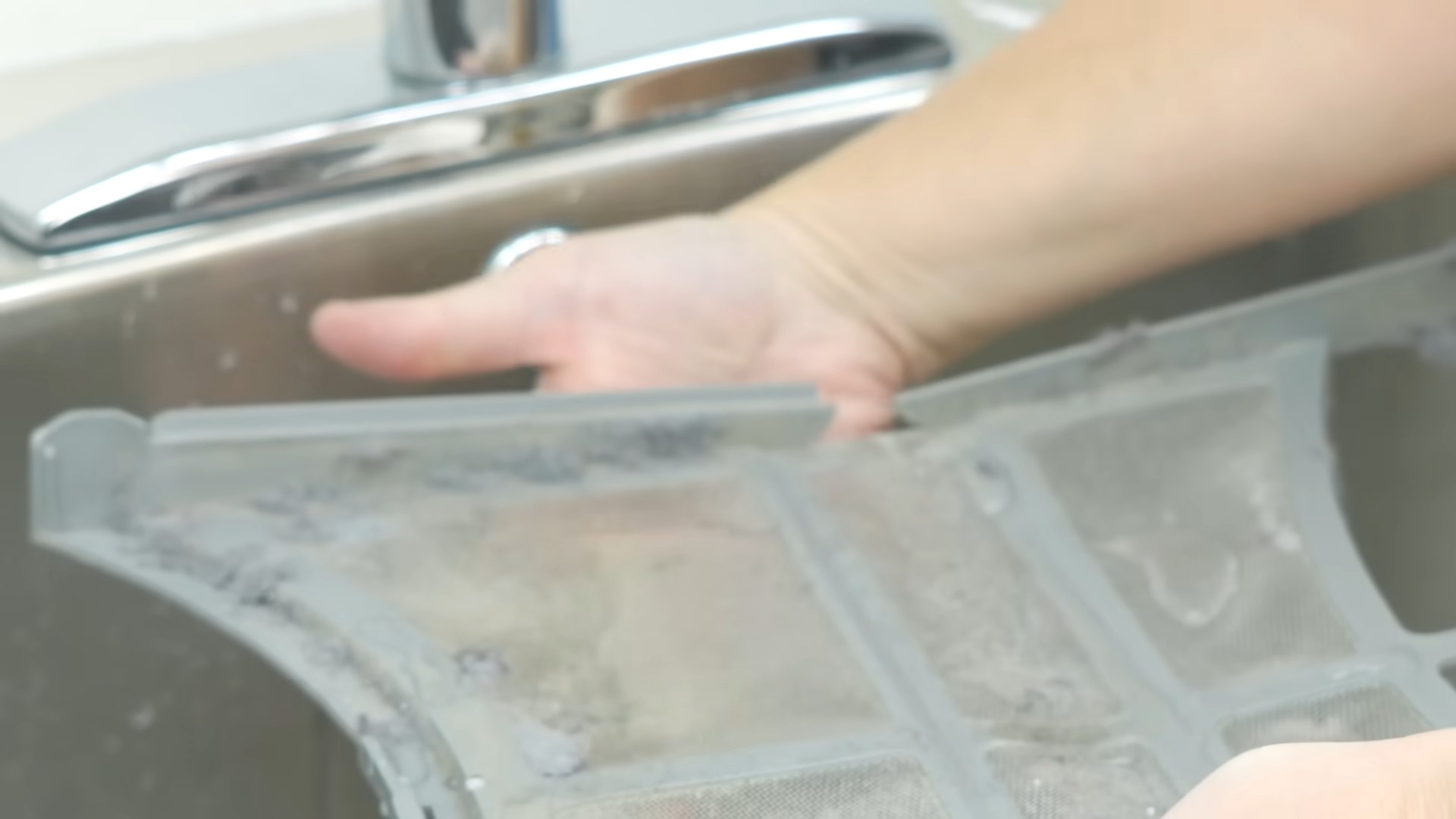
Conclusion
Tired of battling static cling and shelling out money for expensive dryer sheets? This DIY static free laundry trick is a game-changer, offering a simple, effective, and eco-friendly alternative that will leave your clothes feeling fresh and static-free. We’ve explored the science behind static cling and how this simple solution tackles the problem head-on, saving you money and reducing your environmental impact.
This isn’t just about eliminating annoying static; it’s about taking control of your laundry routine and making it more sustainable. Imagine pulling your clothes out of the dryer, feeling the soft, smooth fabrics without that familiar electric shock. No more skirts clinging to your legs, no more socks sticking to your sweaters. Just perfectly comfortable, static-free clothes.
The beauty of this DIY approach lies in its versatility. While we’ve focused on using aluminum foil balls, remember that you can experiment with other materials like wool dryer balls, which offer similar benefits and can even help reduce drying time. You can also add a few drops of your favorite essential oil to the wool balls for a subtle, natural fragrance. Lavender, lemon, and eucalyptus are all excellent choices for a refreshing scent.
Don’t be afraid to adjust the number of aluminum foil balls or wool dryer balls based on the size of your laundry loads. For smaller loads, two balls might be sufficient, while larger loads may benefit from three or four. The key is to find what works best for your dryer and your clothes.
Beyond the immediate benefits of static reduction, this DIY trick promotes a more conscious approach to laundry. By reducing your reliance on disposable dryer sheets, you’re contributing to a cleaner environment and reducing waste. It’s a small change that can make a big difference.
We understand that trying something new can sometimes feel daunting, but we encourage you to give this DIY static free laundry method a try. It’s incredibly easy to implement, requires minimal effort, and the results speak for themselves. You’ll be amazed at how effectively it eliminates static cling and leaves your clothes feeling softer and more comfortable.
So, ditch the dryer sheets and embrace this simple, sustainable solution. Your clothes, your wallet, and the planet will thank you. We’re confident that you’ll love the results.
Now, we want to hear from you! Have you tried this DIY static free laundry trick? What variations have you experimented with? Share your experiences and tips in the comments below. Let’s build a community of savvy laundry enthusiasts who are committed to making their routines more efficient, sustainable, and enjoyable. Your feedback is invaluable and will help others discover the benefits of this simple yet powerful solution. Let us know what works for you, what challenges you faced, and any creative solutions you came up with. Together, we can revolutionize the way we do laundry!
Frequently Asked Questions (FAQ)
What exactly causes static cling in laundry?
Static cling is caused by the buildup of electrical charges on fabrics during the drying process. As clothes tumble in the dryer, different materials rub against each other, causing electrons to transfer from one fabric to another. This creates an imbalance of electrical charges, with some fabrics becoming positively charged and others negatively charged. These oppositely charged fabrics then attract each other, resulting in static cling. Synthetic fabrics like polyester and nylon are more prone to static cling because they don’t conduct electricity as well as natural fibers like cotton. The dry environment inside the dryer also contributes to static buildup, as moisture helps to dissipate electrical charges.
How does the aluminum foil ball trick work to eliminate static?
The aluminum foil ball acts as a conductor, helping to discharge the static electricity that builds up in the dryer. As the clothes tumble, the aluminum foil ball comes into contact with the fabrics, providing a pathway for the electrons to flow and neutralize the electrical charges. This prevents the buildup of static cling and leaves your clothes feeling softer and more comfortable. The metal in the foil ball essentially grounds the static electricity, similar to how a lightning rod protects a building.
Are aluminum foil balls safe to use in my dryer?
Yes, aluminum foil balls are generally safe to use in your dryer, but it’s important to take a few precautions. Make sure the foil balls are tightly compacted and don’t have any sharp edges that could snag or damage your clothes. It’s also a good idea to check the balls periodically for any signs of unraveling or deterioration. If the balls start to fall apart, replace them with new ones. Avoid using aluminum foil balls in dryers with plastic drums, as the metal could potentially scratch or damage the plastic surface. Always supervise the drying process, especially during the first few uses, to ensure that the foil balls are not causing any problems.
How long do aluminum foil balls last before needing to be replaced?
The lifespan of aluminum foil balls depends on how frequently you do laundry and the type of fabrics you’re drying. In general, a well-compacted aluminum foil ball can last for several months before needing to be replaced. You’ll know it’s time to replace the balls when they start to unravel, lose their shape, or become less effective at reducing static cling. Regularly inspect the balls for any signs of wear and tear, and replace them as needed to maintain optimal performance.
Can I use this trick with all types of fabrics? Are there any fabrics I should avoid?
This DIY static free laundry trick is generally safe for most types of fabrics, including cotton, linen, and synthetic blends. However, it’s always a good idea to check the care labels on your garments before using any new laundry method. Avoid using aluminum foil balls with delicate fabrics like silk or lace, as the metal could potentially snag or damage these materials. If you’re unsure about a particular fabric, test the trick on a small, inconspicuous area first to ensure that it doesn’t cause any adverse effects.
Will this trick affect the scent of my laundry?
No, the aluminum foil ball trick should not affect the scent of your laundry. Unlike dryer sheets, aluminum foil is odorless and doesn’t contain any chemicals that could transfer to your clothes. If you want to add a fragrance to your laundry, consider using essential oils on wool dryer balls or adding a few drops of essential oil to a clean cloth and tossing it in the dryer with your clothes.
Can I reuse dryer sheets instead of using aluminum foil?
While reusing dryer sheets might seem like a cost-effective option, they lose their effectiveness after the first use. Dryer sheets work by coating fabrics with a thin layer of chemicals that reduce static cling and add fragrance. After the first drying cycle, most of these chemicals are depleted, rendering the dryer sheet less effective. Using aluminum foil balls or wool dryer balls is a more sustainable and effective alternative to reusing dryer sheets.
What are wool dryer balls, and how do they compare to aluminum foil balls?
Wool dryer balls are a natural and reusable alternative to dryer sheets and aluminum foil balls. They are made from tightly compressed wool and work by absorbing moisture and creating space between clothes, which helps to reduce drying time and static cling. Wool dryer balls are also hypoallergenic and don’t contain any chemicals or fragrances, making them a great option for people with sensitive skin or allergies. Compared to aluminum foil balls, wool dryer balls are softer and less likely to damage delicate fabrics. They also tend to last longer, typically for hundreds of loads.
How many aluminum foil balls or wool dryer balls should I use per load?
The number of aluminum foil balls or wool dryer balls you should use per load depends on the size of your laundry load. For small to medium loads, two to three balls are usually sufficient. For larger loads, you may want to use four to six balls. Experiment with different amounts to find what works best for your dryer and your clothes.
Where can I buy wool dryer balls?
Wool dryer balls are widely available online and in many stores that sell laundry supplies. You can find them at major retailers like Amazon, Target, and Walmart, as well as at specialty stores that sell natural and eco-friendly products. When purchasing wool dryer balls, look for ones that are made from 100% natural wool and are free from dyes and fragrances.

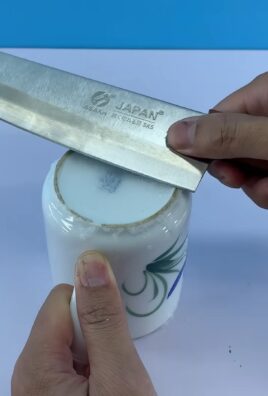
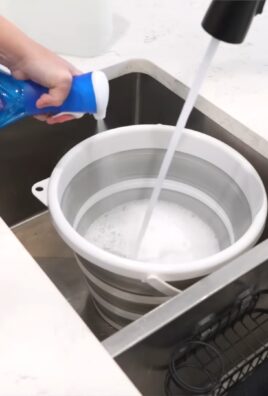
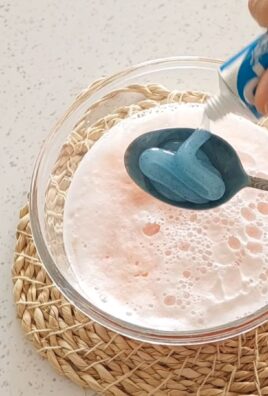
Leave a Comment